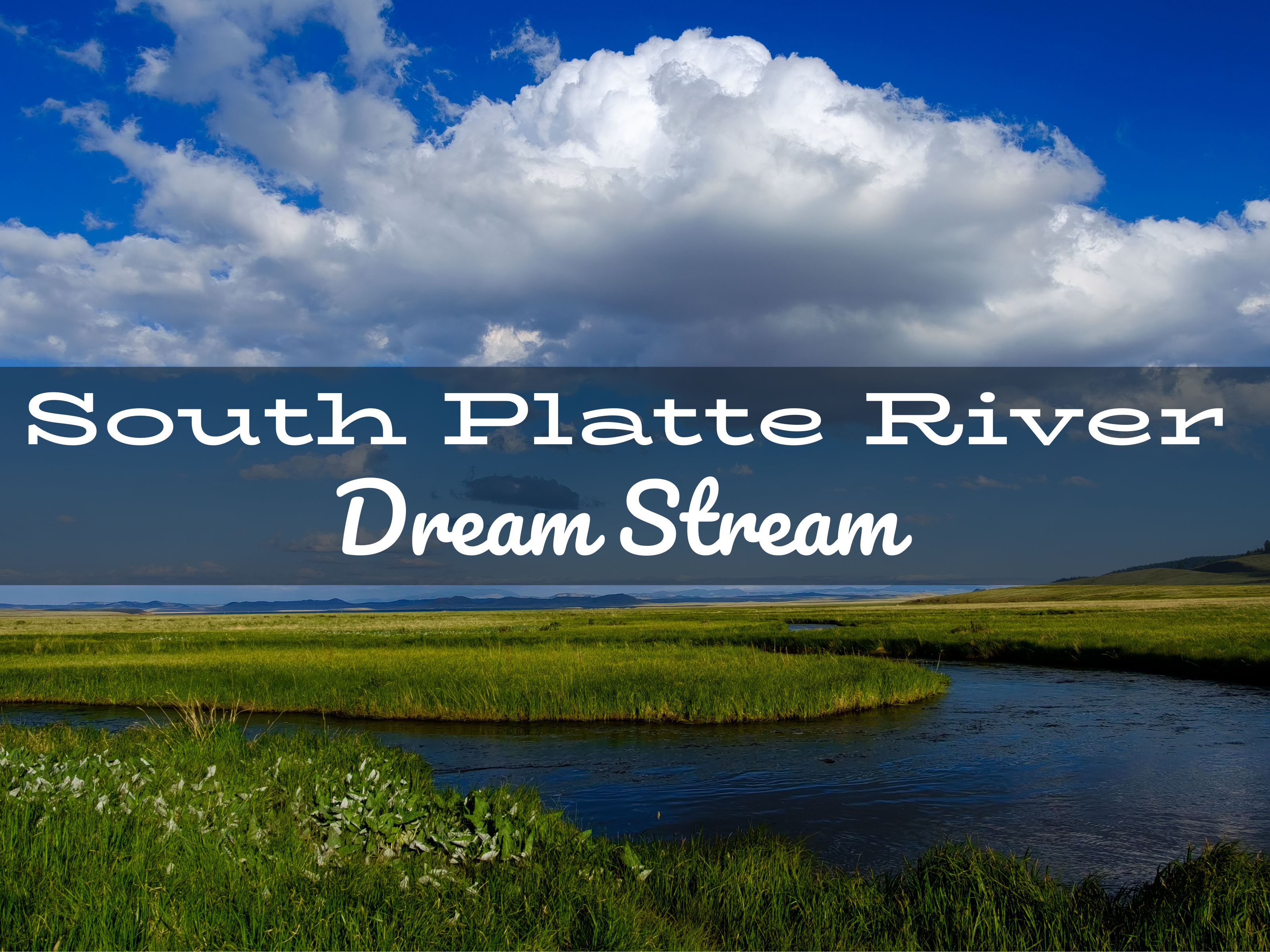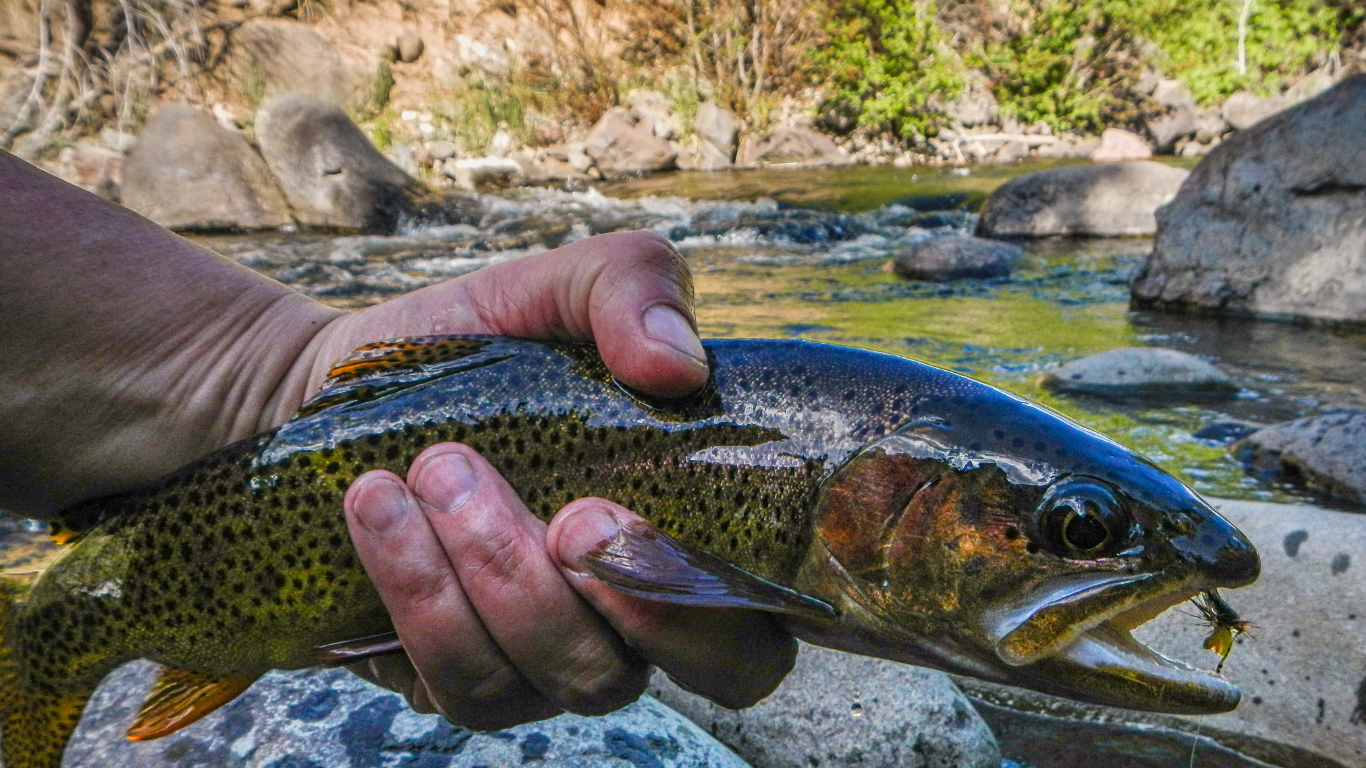Master the Flow, Catch the Fish, Brag a Little
If you’ve ever shown up to a Colorado river and found it ripping like a firehose—or so low it’s basically a moist sidewalk—then this guide is for you. Understanding river flows isn't just a nerdy pastime for data junkies. It’s a straight-up superpower for anglers, rafters, and anyone who likes their adventures wild, but not reckless.
What Are River Flows, Anyway?

Let’s break it down like a streamer through a fast riffle.
River flow (or discharge) is typically measured in cubic feet per second (CFS). That’s how much water is moving past a given point per second. Imagine a basketball-sized cube of water—now imagine 250 of those bouncing past every second. That’s 250 CFS. Flows tell you how deep, how fast, and how fishable the water is. Ignore them, and you risk blown-out wading or spooking trout sipping in technical water.
In Colorado, you’ll see three main flow stages throughout the year:
- Low & Clear (October–March) – Skinny water, spooky fish. Great for sight-fishing.
- Runoff (May–mid-June) – Snowmelt turns rivers into chocolate milk. Fish the edges or stay home and tie flies.
- Prime Time (mid-June–September) – Ideal flows, active fish, hatches galore.
How to Actually Read a Flow Gauge (Without Needing a PhD)
You’ll find most real-time flow data through the USGS Water Data site or the Colorado Division of Water Resources. Or just download an app like River Whisper (shameless plug) that does the legwork for you.
Here’s what to look for:
1. Cubic Feet per Second (CFS)
This is your main number. Each river has its own sweet spot.
| River | Too Low | Ideal | Blown Out |
|---|---|---|---|
| South Platte at Deckers | <100 CFS | 150–300 CFS | >450 CFS |
| Arkansas near Salida | <150 CFS | 250–500 CFS | >700 CFS |
| Clear Creek | <40 CFS | 60–150 CFS | >200 CFS |
2. Gauge Height
Some sites show this instead of—or alongside—CFS. It’s the depth of water at the gauge site. Not always useful alone unless you know the baseline.

3. Trend Lines
Watch if the river is rising, holding steady, or dropping. Fast-rising water usually means bad clarity and unsafe wading. Dropping flows after runoff? That’s your green light, partner.
4. Water Temperature
Trout like it cool—think 50–65°F. Too warm (above 68°F), and you’re stressing fish out just by catching them. Too cold? You’re nymphing deep and slow.
Real Talk: What Do These Numbers Mean For Fishing?
Think of flow like reading a restaurant menu:
- Low Flows = Technical dining. Tiny flies, long leaders, delicate presentations.
- Ideal Flows = Prime rib. Everything’s on the menu—dries, droppers, streamers.
- High Flows = Soup of the day... and it's boiling over. You might catch fish, but it’s limited to soft edges and side channels.
A Quick Guide by Season

Spring (March–May)
Flows rise with snowmelt. Pre-runoff is prime. Post-runoff is a mess.
Summer (June–August)
Flows stabilize. This is your dry fly Disneyland.
Fall (September–October)
Flows taper off. Fish are feeding hard before winter.
Winter (November–February)
Low and slow. Midges, small baetis, and the patience of a monk.
Pro Tips from Colorado Guides
- Know Your River – 200 CFS on the South Platte is heavenly. On Bear Creek? That’s whitewater.
- Watch the Weather – Rain in the high country can spike flows hours later downstream.
- Clarity Beats Flow – Sometimes 500 CFS of clear water fishes better than 300 CFS of mud soup.
- Edges are Fishy – High flows? Fish the soft inside bends and flooded banks.
- Bookmark Your Gauges – Have a few go-to flow gauges saved for your favorite spots.
FAQ: River Flows in Colorado
Q: What’s a “blown-out” river?
A: It means the flow is so high and dirty that fishing is either unsafe or totally ineffective.
Q: Can you fish during runoff?
A: Yes—if you’re strategic. Tailwaters like Deckers or Cheesman stay clearer. Focus on edges and use big, flashy nymphs.
Q: How do I know the ideal flow for a river?
A: Experience, guidebooks, and observation. Or cheat and use River Whisper (shameless plug #2).
Q: Are low flows always bad?
A: Not at all—but fish are spooky, and you’ll need fine tippet and smaller flies.
Q: Do flow levels affect fish behavior?
A: Absolutely. Higher flows can push fish to the banks or deeper pools, while low flows make them more cautious and concentrated.
Final Cast
Reading river flows in Colorado is like checking avalanche forecasts before backcountry skiing. It’s not optional. It’s part of the code. Once you get the hang of it, you’ll know when to drive two hours and when to pour a second cup of coffee and tie flies instead.
Tight lines, clear flows, and if all else fails—fish the ditch.

.png?width=300&height=100&name=Copy%20of%20Rise%20Beyond%20Logo%2012.31.24%20(300%20x%20100%20px).png)
.png)

